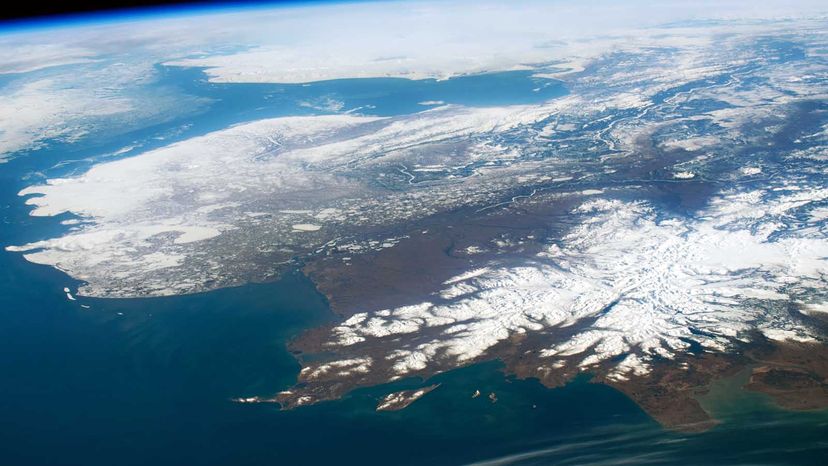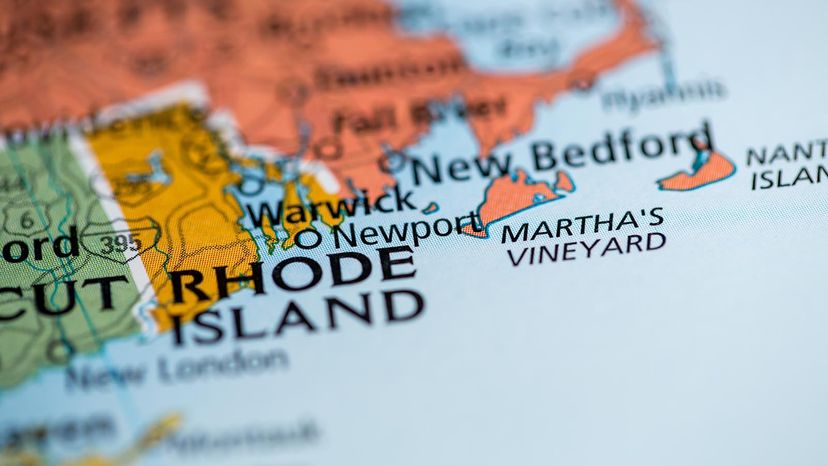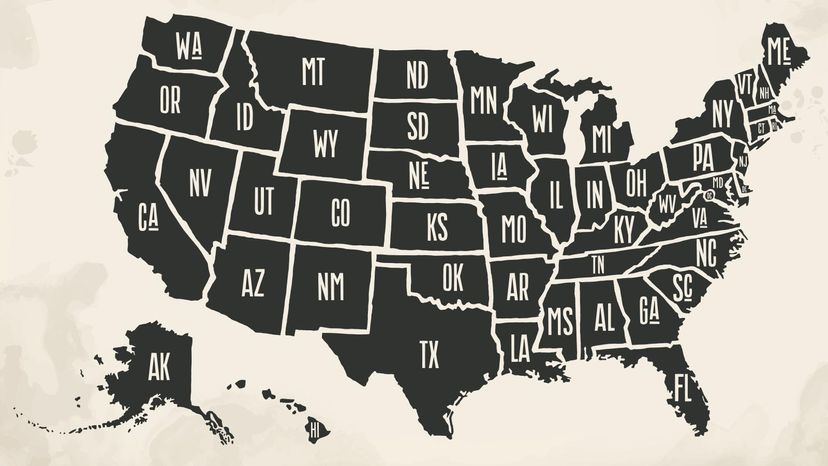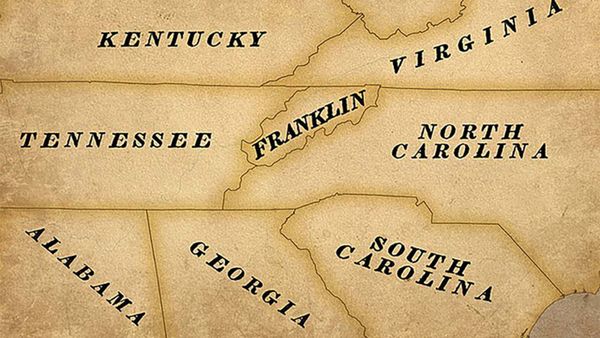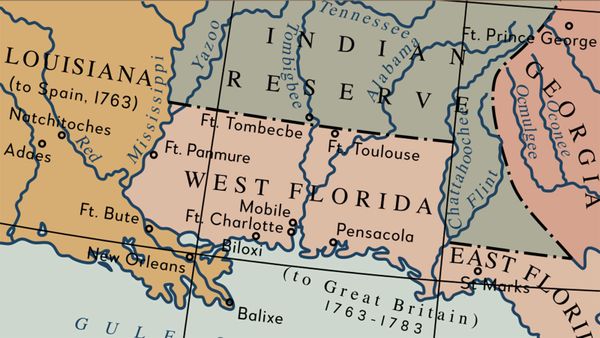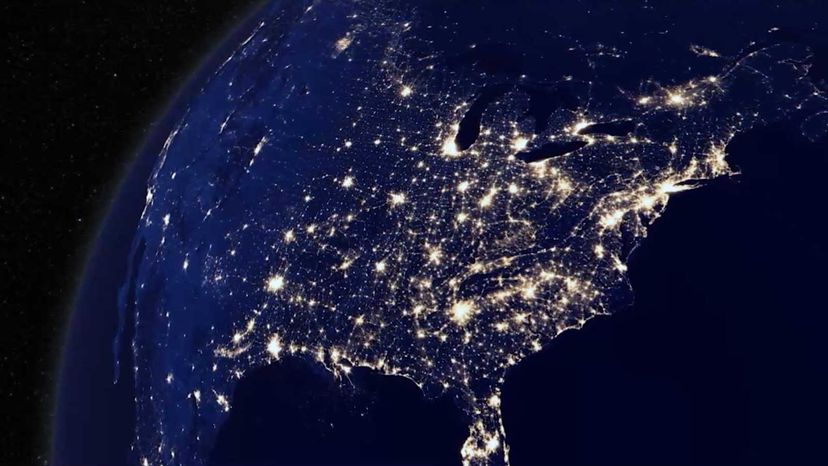
Key Takeaways
- Alaska is the largest state in the U.S. by land area at 665,384 square miles (1,723,337 square kilometers) and is the least densely populated.
- Texas is the second largest state with an area of 268,596 square miles (695,662 square kilometers).
- California ranks as the third largest state by area (163,696 square miles or 423,970 square kilometers) and largest by population.
When trying to determine the biggest state in the U.S.A., you can look at it a few different ways, including population (the number of people living in a state or area) or population density (how many people live within a square mile versus a similar area in another state or area).
Here, we rank state size by land area — how big each state is itself — according to the U.S. Census bureau, and not by population or demographics. But first, let's talk a bit about the United States as a whole.
Advertisement
Advertisement
